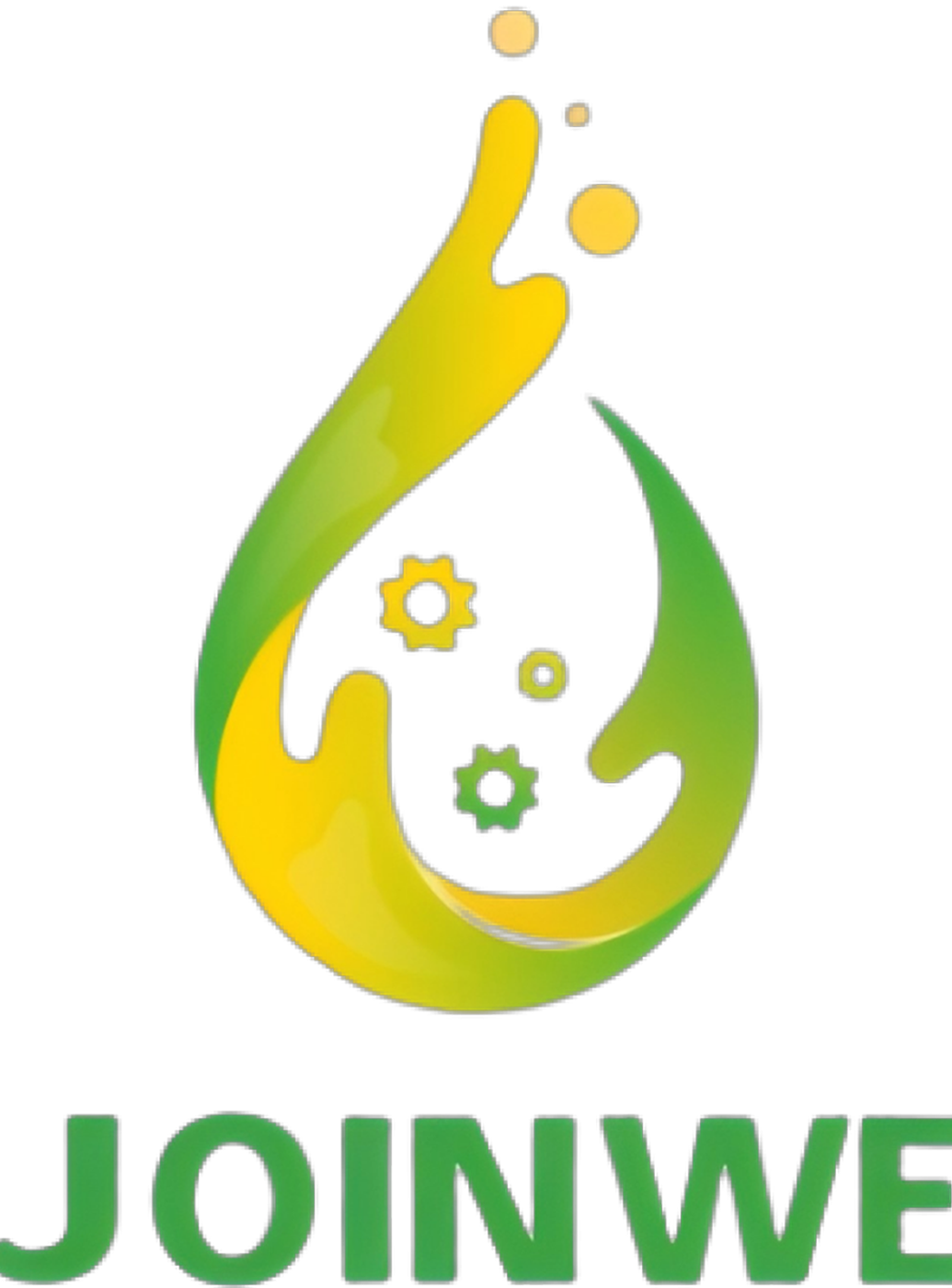Industrial videoscopes are widely used across the marine/vessel industry for inspecting confined, enclosed, or hard-to-reach areas, significantly improving maintenance efficiency and operational safety. Below are typical application scenarios:
1. Engine and Propulsion System Inspections
(1) Diesel Engine Cylinder Inspection: Detect cylinder wall wear, piston ring carbon buildup, cracks, or scuffing — without disassembly.
(2) Turbocharger Examination: Inspect turbine blade corrosion, foreign object blockage, or bearing wear.
(3) Stern Shaft and Propeller Check: Assess shaft sleeve wear, stern seal leakage, or propeller blade damage.
2. Pipeline and Fuel System Inspection
(1) Fuel and Lubrication Pipelines: Identify internal corrosion, residue buildup, or potential leakage points to prevent system blockage.
(2) Ballast Tanks and Piping: Detect tank wall corrosion, weld cracks, or biological fouling (e.g., barnacles).
(3) Exhaust System: Locate carbon deposits, rust, or damage to insulation layers.
3. Hull Structure Inspection
(1) Double Bottoms and Ballast Compartments: Inspect internal corrosion, weld integrity, or coating degradation via small access ports.
(2) Sealed Compartments (e.g., Steering Gear Room): Assess structural integrity without exposing personnel to high-risk environments.
4. Boilers and Heat Exchangers
(1) Boiler Furnace and Tubes: Examine refractory lining peeling, clogged tubes, or cracks.
(2) Condensers and Coolers: Detect tube sheet corrosion or microbial growth.
5. Electrical and Cable Systems
(1) Cable Conduits: Locate insulation damage, loose joints, or rodent bite marks.
6. Emergency and Special Scenarios
(1) Accident Investigations: Quickly identify internal deformation or leak sources after a collision.
(2) New Vessel Construction & Quality Control: Verify weld quality, assembly precision, or cleanliness of concealed spaces.
Advantages:
Reduced Disassembly Costs: Minimize unnecessary dismantling, saving time and labor.
Safe Inspection of High-Risk Areas: Replace human entry into toxic, high-temperature, or low-oxygen environments.
High-Definition Documentation: Capture photos and videos for further analysis or compliance reporting.
Industry Case Highlights:
Cruise Line Operator: Detected minor cracks in the main engine cylinder using a borescope, allowing preemptive overhaul and avoiding in-voyage failure.
Offshore Drilling Platform: Conducted routine inspections of ballast tank corrosion to extend structural life.
Classification Society Surveys: Used borescopes during annual vessel inspections to validate concealed areas against IMO standards.



